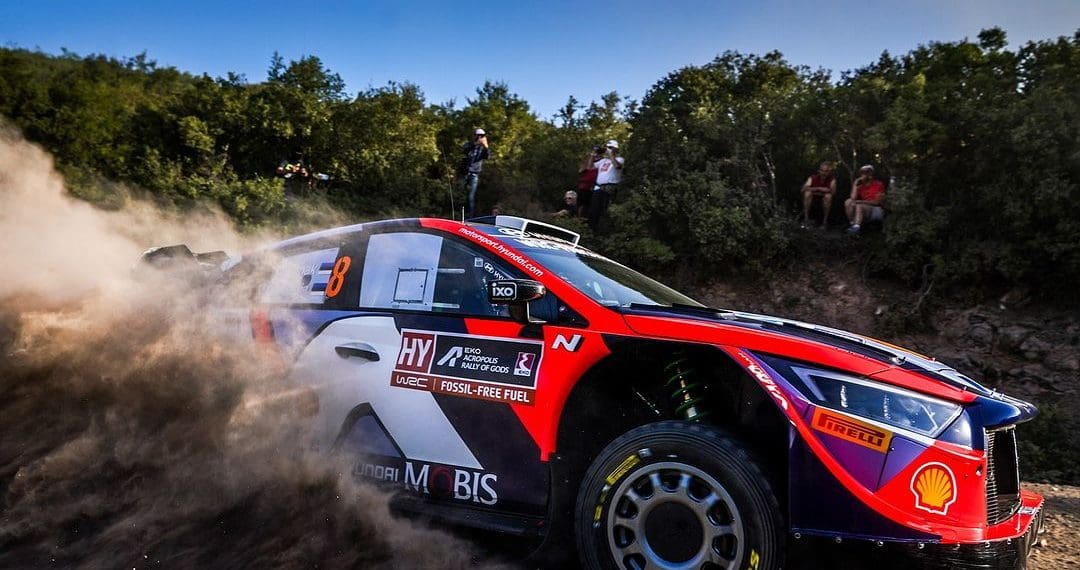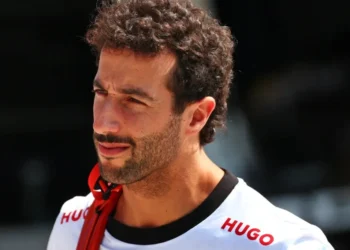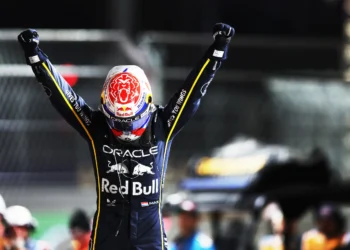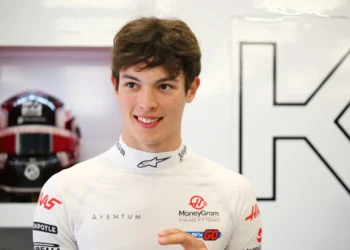As the World Rally Championship (WRC) gears up for round 10 in Chile, drivers are bracing for a grueling weekend with tire wear looming as a major concern. The notoriously abrasive roads, even rougher than last year, are expected to turn tire management into a decisive factor once again.
Last year’s Rally Chile saw teams grapple with shredded rubber, particularly during the Saturday morning stages, when Toyota drivers were hit hardest after gambling on soft tires. Ott Tänak, then with M-Sport Ford, clinched victory by opting for a hard tire package, proving to be the game-changing move.
Tänak: Tire Choice Still a Gamble in Chile
Despite his triumph, Tänak admits tire decisions remain a gamble. “It’s not easy to put a good rally together here but it’s always the target,” said Tänak, the only driver to have won Rally Chile. “We weren’t completely confident in our decisions last year, and it feels the same this year.”
Drivers are already feeling the pressure, with many backing off during Thursday’s shakedown to conserve rubber for the weekend. With stages that are highly abrasive and conditions differing from last year, the perfect tire strategy remains a mystery.
Newcomers Wary of the Chilean Challenge
M-Sport’s Adrien Fourmaux, competing in Chile for the first time, has been surprised by the high level of tire degradation from previous editions. “Definitely two rallies in one,” he noted, emphasizing the contrast between Friday and the final two days of the event. “I’ve seen videos of delamination; it wasn’t throughout the rally, but it’s a massive challenge.”
Grégoire Munster, Fourmaux’s teammate, echoed these sentiments, describing the Saturday stages as “tire killers.” He emphasized the importance of managing tire wear while navigating deceptively treacherous roads that can upset the balance of the car.
Toyota Drivers Seek Redemption After 2023 Tire Missteps
Toyota’s Elfyn Evans, who suffered one of the worst tire debacles last year, is approaching this rally with caution. “Saturday was a disaster last year. Better tire choice this time, with a bit of luck, is key,” said Evans. The abrasive nature of the stages, filled with compacted stone meant for logging trucks, poses a relentless test for both tires and brakes.
“It’s something that needs careful management,” Evans added, highlighting the particularly abrasive SS8 and SS9, where the surface makes it extremely tough on tires.
The Saturday Descent: A Tire Nightmare
For WRC2 driver Gus Greensmith, Saturday’s stages pose an almost impossible challenge. “Where everyone lost their tires last year is a big downhill descent all the way to the finish, stretching about 10km,” he explained. “The tires and brakes never get a break; it’s going to be a huge challenge to manage.”
The sentiment among drivers is clear: tire strategy will make or break the rally. With the unpredictable nature of Chile’s rugged roads, every decision—whether it’s a conservative approach or a risky gamble—will be under intense scrutiny as teams battle the abrasive terrain and aim for the perfect tire setup.










